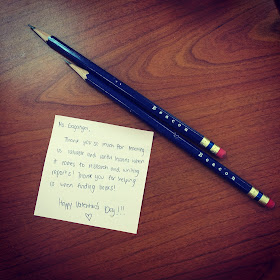20 new books created by local authors and illustrators launched at Manila event
Room to Read, a global nonprofit focused on children’s literacy and girls’ education, has partnered with Philippine publishers Adarna House, Anvil Publishing, Lampara Books and OMF-Hiyas Publishing to launch its first children’s books in the Filipino language.
The 20 new children’s books were unveiled at Museo Pambata, Manila, at an event yesterday (Thursday, 27th February) attended by the Department of Education, publishers, authors, illustrators, NGOs and media.
The books, created by local authors and illustrators, all share the theme of inclusion and portray children with disabilities or living in diverse and often difficult circumstances. Topics included in the books range from living with grief and loneliness to issues surrounding special needs and gender equality. The stories will encourage Filipino children to both build reading skills and build confidence to confront challenges in their own lives.
Filipino marks the 36th language Room to Read’s books have been published in. Room to Read’s focus on encouraging life-long learners and ending illiteracy has resulted in the distribution of over 26 million copies of its books around the world. The global education organization conducts workshops for authors and illustrators to create children’s books, helping to strengthen children’s books publishing industries in countries.
The new stories include:
“Paalam, Puti, (Goodbye, Whitey)” – a 9-year-old girl gives her beloved dog a burial, allowing children to understand mourning and loss.
“Sayaw ng mga Kamay, (Dancing Hands)” – Filipino sign language is introduced as a way of building friendship and understanding between two children.
“Ang Nanay Kong Drayber, (My Mother, the Driver)” – a child learns about gender equality as observed in his mother’s job and their everyday life.
“Sakto Lang, (Just Enough)” – a simple story of how siblings learn to be generous and to make decisions in coping with poverty.
Geetha Murali, CEO of Room to Read, welcomed the new language book launch:
“These exciting new books will give children in the Philippines a chance to improve their literacy skills while learning about themselves and the world around them.
“Children’s love of books develops faster when they can read in their local language and see characters they can relate to. That is why it’s critical we forge new children’s book publishing industries, to spread the joy of reading and learning.
“The new books in Filipino will be shared with children for years to come and we hope this will be the start of a long-term partnership with local publishers, authors, and illustrators. We are grateful for all the support received by the Department Education and local book publishers in making this book launch a success.”
About Room to Read
Founded in 2000 on the belief that World Change Starts with Educated Children®, Room to Read’s innovative model focuses on deep, systemic transformation within schools in communities during two time periods that are most critical in a child’s schooling: early primary school for literacy acquisition and secondary school for girls’ education. We work in collaboration with local communities, partner organizations, and governments to develop literacy skills and a habit of reading among primary school children and ensure girls can complete secondary school with the skills necessary to negotiate key life decisions. Room to Read has benefited over 18 million children across more than 37,000 communities in 16 countries. Learn more at www.roomtoread.org.







